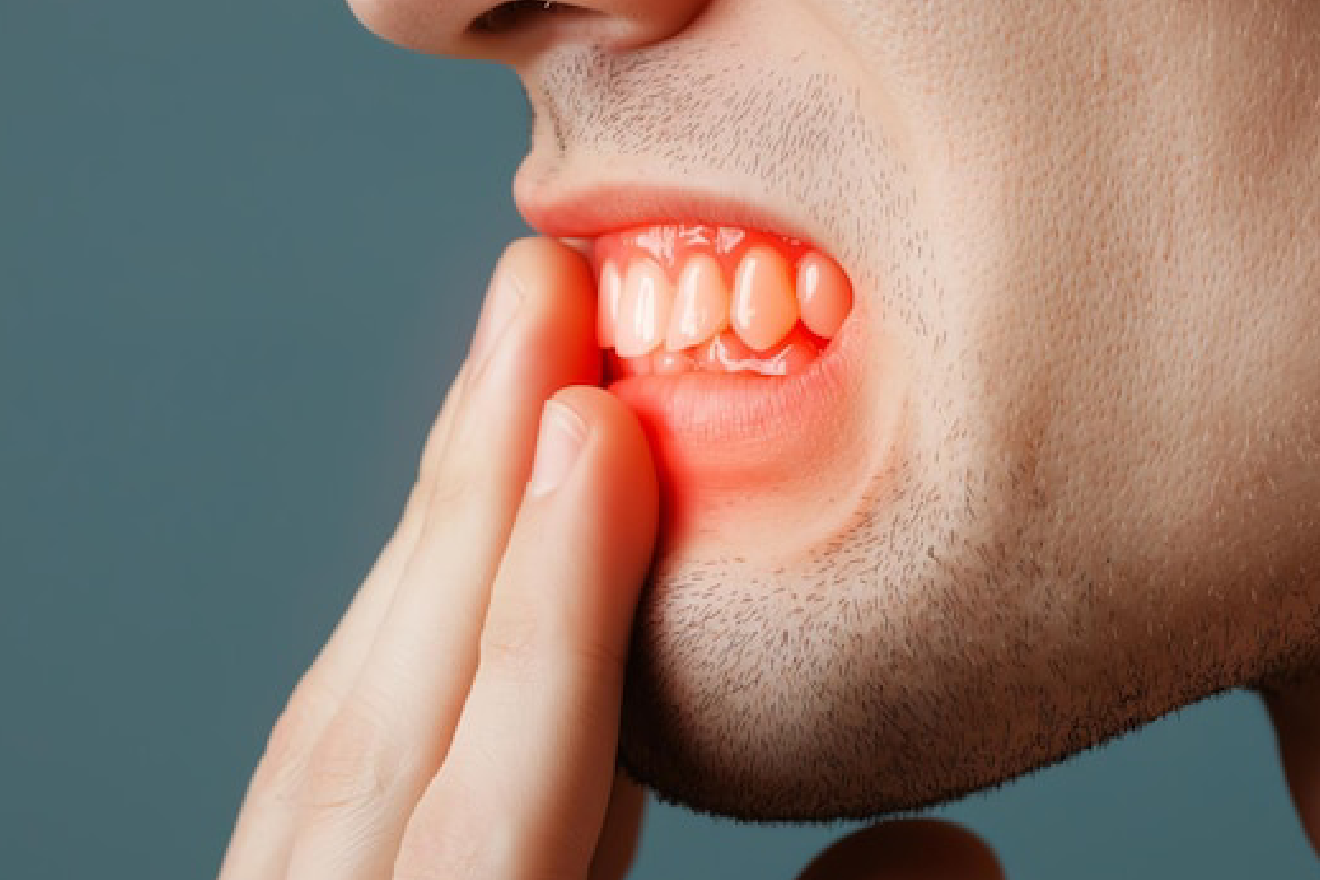Comprehensive Guide to Gum Diseases: Understanding, Prevention, and Treatment
Gum diseases, also known as periodontal diseases, are infections that affect the tissues surrounding and supporting the teeth. These conditions range from mild inflammation to severe damage to the gums and bone structures. Early diagnosis and treatment are crucial for maintaining oral health and preventing tooth loss. This guide explores the causes, symptoms, prevention, and treatment of gum diseases.
What Are Gum Diseases?
Gum diseases encompass a range of conditions that affect the gums, including gingivitis and periodontitis. They occur when bacteria in the mouth form plaque on the teeth, leading to inflammation and infection of the gum tissues.
Types of Gum Diseases
- Gingivitis:
- Gingivitis is the earliest stage of gum disease. It is characterized by redness, swelling, and bleeding of the gums, especially when brushing or flossing. Gingivitis is often caused by poor oral hygiene that allows plaque to build up on the teeth and gums.
- This stage is usually reversible with good oral care practices and professional dental cleanings.
- Periodontitis:
- Periodontitis is a more advanced stage of gum disease that develops if gingivitis is left untreated. It involves the destruction of the gum tissue and bone supporting the teeth. Symptoms include gum recession, pocket formation between teeth and gums, and bone loss.
- Periodontitis can lead to tooth mobility and loss if not managed properly. It may also be associated with systemic health conditions such as diabetes and cardiovascular disease.
- Aggressive Periodontitis:
- This is a rare, rapid form of periodontitis that typically affects younger individuals. It can cause severe damage to the periodontal tissues and bone at an accelerated rate.
- Chronic Periodontitis:
- The most common form of periodontitis, chronic periodontitis usually develops slowly and affects adults, although it can occur at any age. It is characterized by the gradual loss of attachment and bone around the teeth.
Causes and Risk Factors
- Poor Oral Hygiene: Inadequate brushing and flossing allow plaque to accumulate, leading to gum inflammation and infection.
- Smoking and Tobacco Use: Tobacco products significantly increase the risk of gum disease and reduce the effectiveness of treatment.
- Genetics: A family history of gum disease can predispose individuals to develop the condition.
- Hormonal Changes: Hormonal fluctuations during pregnancy, menstruation, or menopause can affect gum health.
- Certain Medications: Some medications can cause gum overgrowth or affect oral health.
- Medical Conditions: Conditions such as diabetes and autoimmune diseases can impact gum health.
- Nutritional Deficiencies: Lack of essential nutrients, particularly vitamin C, can contribute to gum disease.
Symptoms of Gum Diseases
- Red, Swollen, or Tender Gums: Inflamed gums may appear red, swollen, and feel tender to the touch.
- Bleeding Gums: Gums that bleed easily during brushing or flossing are a common sign of gum disease.
- Bad Breath: Persistent bad breath or a bad taste in the mouth can be indicative of gum infection.
- Receding Gums: Gums that pull away from the teeth, exposing more of the tooth or its root.
- Loose Teeth: Advanced gum disease can cause teeth to become loose or shift position.
- Pockets Between Teeth and Gums: Formation of deep pockets that trap food and bacteria.
Prevention of Gum Diseases
- Regular Brushing: Brush your teeth at least twice a day with fluoride toothpaste to remove plaque and food particles.
- Daily Flossing: Floss daily to clean between teeth and below the gumline, where a toothbrush cannot reach.
- Professional Cleanings: Visit your dentist regularly for professional cleanings and check-ups to remove tartar and assess gum health.
- Healthy Diet: Eat a balanced diet rich in fruits, vegetables, and whole grains. Avoid excessive sugar and acidic foods that can contribute to plaque buildup.
- Avoid Tobacco Products: Refrain from smoking and using other tobacco products to reduce your risk of gum disease.
- Manage Health Conditions: Control chronic conditions such as diabetes that can affect gum health.
- Proper Oral Care Products: Use mouthwash and other oral care products that help reduce plaque and bacteria.
Treatment of Gum Diseases
- Scaling and Root Planing:
- Scaling and root planing is a non-surgical procedure that involves cleaning the teeth below the gumline. Scaling removes plaque and tartar from the tooth surfaces, while root planing smooths the tooth roots to promote gum reattachment.
- Medications:
- Antibiotics may be prescribed to help control bacterial infection and reduce inflammation. These can be topical (applied directly to the gums) or systemic (taken orally).
- Antiseptic Rinses and Gels can also be used to reduce bacteria and promote gum healing.
- Surgical Procedures:
- Pocket Reduction Surgery: Involves lifting back the gums to remove tartar and then suturing the gums to fit snugly around the teeth.
- Gum Grafting: May be performed to cover exposed tooth roots and improve gum health by using tissue from another part of the mouth or a donor source.
- Bone Grafting: Rebuilds bone lost due to gum disease using graft materials to support the teeth.
- Laser Therapy:
- Laser therapy uses focused light to target and remove infected gum tissue, reduce bacteria, and promote healing. It offers a minimally invasive option with reduced discomfort and faster recovery.
Conclusion
Gum diseases pose significant risks to oral health, but with early detection and appropriate treatment, they can be effectively managed. Maintaining good oral hygiene, regular dental visits, and adopting a healthy lifestyle are key to preventing and treating gum diseases. If you experience symptoms of gum disease, consult with a dental professional to receive a thorough evaluation and appropriate care. By addressing gum health proactively, you can ensure a healthier, more confident smile.


